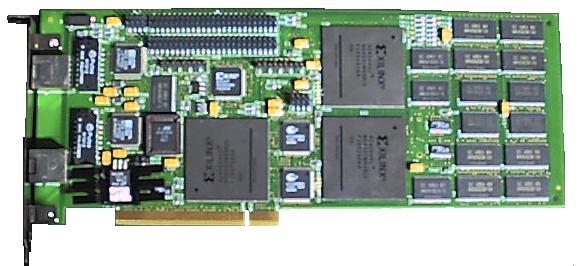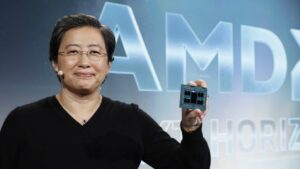Silicon Valley continues to belt-tighten amidst the turmoil of inflation, the continuing and never-ending pandemic impacting global trade, and the “Hundred Days War” in Ukraine brought to the rest of the world by Russia’s kakistocracy. Venture firms continue to prioritize late stage companies with their largess, hoping to get ahead of the perceived end of civilization (just look for companies closing their Series E and F rounds). And the summer travel scene, much hoped to bring back the hospitality industry after two years of lockdowns and mandates, suffers from cancelled flights and worker shortages.
But all is not lost. On the bright side, IC cars may die out, not due to direct competition with EVs, but instead from a lack of a low-tech component — wire harnesses. According to Reuters, IC wire harnesses are not usually machine made, unlike component harnesses made in the computer industry (and also used in Li-ion battery harnesses like that in EVs like tesla). Instead, countries like Ukraine hand-crafted these necessary components for a plethera of IC cars from a variety of small sources, a low-cost approach that major auto companies saw no reason to change — until now. The EV platform is looking more and more cost-effective and sensible to auto manufacturers, all thanks to the little wire harness.
Sheryl Sandberg, COO of Meta/FaceBook, and women-in-business Lean-In icon, has chosen to “lean out” of her role in favor of wedding planning and philanthropy. Privately, according to the Wall Street Journal (which I will not link to as it is subscriber-only folks), Sandberg was upset with company investigations into her private meddling with tabloid The Daily Mail over its reporting of her then-boyfriend, perennial jerk and still amazingly CEO of Activision / Blizzard Bobby Kotick, as well as improper corporate expenditures for her upcoming wedding to another billionaire after she dumped Bobby.
It’s gratifying, actually, to see this woman presented as a flawless advocate of corporate womanhood 1) demonstrate such poor taste in men, especially to a tabloid notorious for its duplicity and ruthlessness — here’s hoping number 2 works out better — and 2) not even bother to use her own private staff to put together her wedding and pull out her own personal platinum card when as COO she would have scrutinized everyone else’s expenses and use of facilities / resources.
Lest anyone worry about poor burned-out Sheryl, do not concern yourself. She has made plenty of money from her sojourn at FaceBook and will not have to return her dress to David’s Bridal for a more economical one.
Finally, listen to the Song of Mars — a haunting low moan which enriches the mind and the soul, complements of Maurice, Chide, et al published in Nature. As you read the paper, listen to the dreamlike song of another world. You will be enlightened.
Happy Friday.










